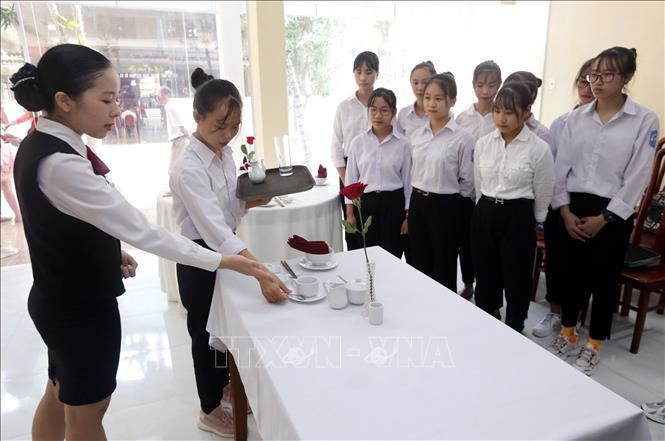
Training in housekeeping, front desk, restaurant and hotel operations at Nguyen Du College of Culture, Sports and Tourism, Ha Tinh. Photo: Anh Tuan/VNA
To create a human resource that is solid in theory and proficient in practical skills, strengthening the connection between training institutions and businesses - especially in tourism practice training - is the key to solving the problem. At the same time, training institutions need to focus on applying modern technology in tourism practice training to produce a workforce that meets the needs of market development in the new era.
Tourism human resources are currently lacking and weak.
Professor, Dr. Dao Manh Hung, Chairman of the Vietnam Tourism Training Association (Vietnam Tourism Association) said: Vietnam is witnessing great changes in the tourism industry with growth in the number of visitors and revenue in both international and domestic markets. However, Vietnam's tourism human resources are currently not only lacking in quantity but also weak in quality. This issue poses an urgent need to change the way tourism human resources are trained in many educational institutions in Vietnam.
According to preliminary statistics, there are currently more than 190 tourism training establishments nationwide, including: 65 universities; 55 colleges; 71 secondary schools; 4 vocational training centers with tourism faculties. In addition, there are 2 training establishments affiliated with enterprises. It is worth mentioning that every year, these training establishments do not provide enough labor to meet the needs of the tourism market.
Each year, the tourism industry needs 40,000 workers, but in reality, the supply only ensures about 20,000 workers. Of these, workers with university and postgraduate degrees account for only 9.7%; primary, secondary, and college degrees account for more than 50%; below primary degrees account for 39.3%, and only 43% of the total number of workers are trained in tourism expertise. Therefore, many tourism businesses have to retrain when recruiting personnel so that workers can meet professional requirements.
Professor, Dr. Dao Manh Hung emphasized that tourism is a profession, vocational training must focus on training skills through tourism practice. Based on practical needs, today, businesses need tourism students to meet 3 basic requirements: Vocational skills, service attitude and foreign language proficiency. All 3 of these requirements are determined by practical training.
Ms. Do Hong Xoan, Vice President of the Vietnam Tourism Association, shared that for the tourism industry, it is necessary to define training for “career” rather than just “graduation”. Therefore, it is necessary to increase the practical training time for tourism students at training institutions. At the same time, practical training is not only in school but students need time to encounter and experience reality at travel agencies and tourism services.
Increasing efficiency in tourism practice training
According to Mr. Pham Ngoc Hieu, Business Director of Smart Education Technology Joint Stock Company (Viet ED), technology is a feasible and cost-effective solution to increase practical training in tourism. The application of technology, especially artificial intelligence (AI) in compiling textbooks and organizing exams will help improve training efficiency. AI can support lecturers in personalizing the learning process, providing learning materials according to the needs and levels of each student, and organizing exams with high accuracy and fairness. This not only reduces the burden on lecturers but also creates conditions for students to study more effectively. Lectures and programs supported by AI for teachers are especially effective in the case of retraining and additional vocational training for people working in the tourism industry.
Close cooperation between training institutions and tourism enterprises in tourism training is also a decisive factor in the quality of practical training. At the Tourism Human Resources Development Center (RHD Center) under Hanoi Tourism Investment Joint Stock Company, tourism training is based on the coordination between travel agencies and tourism training institutions in Hanoi and Ho Chi Minh City to ensure that students participate in real-life tourism practice. Lecturers from enterprises, who have practical experience, are heads of departments of enterprises, participate in teaching students, providing the knowledge and skills that students need. The training cooperation model helps students to both study and work, saving time and helping students graduate with practical knowledge that can be immediately applied in their work. Having accumulated practical experience during their studies and upon graduation, students become experienced human resources, ready to work without having to undergo retraining from businesses.
In reality, colleges, universities, and training facilities in the tourism sector still have many limitations in terms of infrastructure, facilities, and a team of teachers with practical experience. To improve the quality of tourism practical training, according to Ms. Nhu Thi Ngan, General Director of Hanoi Tourism Investment Joint Stock Company, training facilities should find ways to closely connect with businesses operating in the tourism sector. At the same time, tourism businesses that need quality personnel also need to increase coordination in practical training for students.
Tourism training produces personnel who directly work in the profession. Therefore, witnessing and guiding hands-on work is much more effective than mere theory. Mr. Dang Dinh Manh, chef of the Viet Tri Catfish restaurant chain, shared that in reality, many tourism students who graduate and start working as interns require high salaries but do not have much expertise in preparing dishes, especially traditional Vietnamese dishes. Not to mention, many culinary students lack awareness of ensuring food safety in the kitchen and are weak in foreign languages. According to Mr. Dang Dinh Manh, schools teach theoretical foundations, while for practice, schools must cooperate with businesses. A day of hands-on work will certainly bring more knowledge and experience to students. In addition, when practicing at operating businesses, students will grasp the requirements of the actual work, thereby having a clearer orientation.
Ms. Nguyen Ngoc Dung, Deputy Head of the Faculty of Tourism, University of Social Sciences and Humanities, Vietnam National University, Hanoi, said that in order to have high-quality human resources, Vietnamese educational institutions focus on training according to the traditional triangle model with 3 factors: Knowledge, skills and attitudes. Practical training in tourism is a decisive factor in equipping skills and training attitudes for tourism students. Therefore, joint training is the optimal solution. The more businesses support schools in practical training, the more businesses will benefit from the team of students with knowledge and practical experience.
In the trend of globalization and digital transformation, Vietnam's tourism industry cannot develop sustainably without a high-quality human resource base, well-trained, with practical experience and integration ability. Close connection between training institutions and businesses, combined with the application of technology and artificial intelligence in training is an inevitable direction to improve the quality of tourism human resources suitable for the new era.
Source: VNA
Source: https://bvhttdl.gov.vn/lien-ket-dao-tao-thuc-hanh-nang-cao-chat-luong-nganh-du-lich-de-but-pha-va-phat-trien-ben-vung-20250509152254856.htm






![[Photo] General Secretary To Lam meets and expresses gratitude to Vietnam's Belarusian friends](https://vphoto.vietnam.vn/thumb/1200x675/vietnam/resource/IMAGE/2025/5/11/c515ee2054c54a87aa8a7cb520f2fa6e)

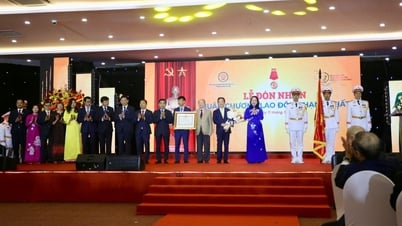
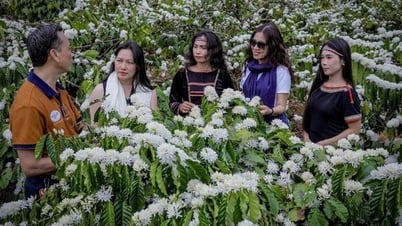








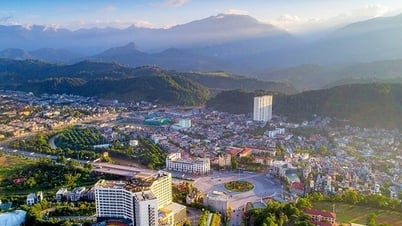
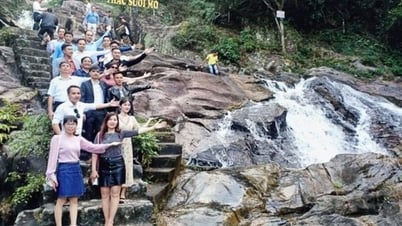


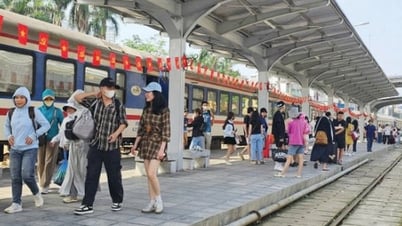
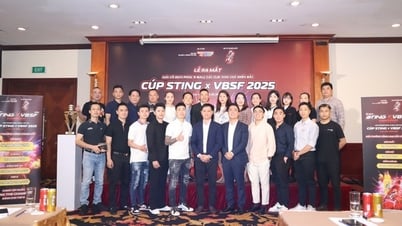

![[Photo] General Secretary To Lam arrives in Minsk, begins state visit to Belarus](https://vphoto.vietnam.vn/thumb/1200x675/vietnam/resource/IMAGE/2025/5/11/76602f587468437f8b5b7104495f444d)
![[Photo] General Secretary To Lam concludes visit to Russia, departs for Belarus](https://vphoto.vietnam.vn/thumb/1200x675/vietnam/resource/IMAGE/2025/5/11/0acf1081a95e4b1d9886c67fdafd95ed)
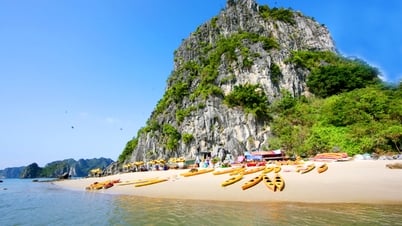










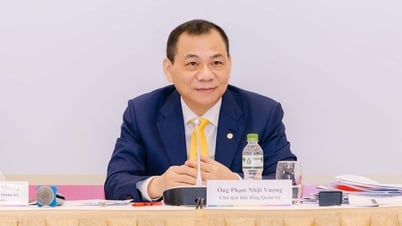












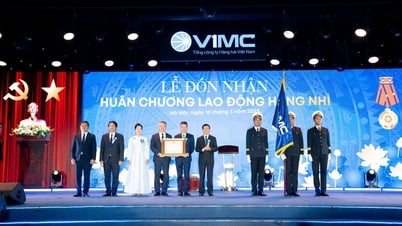
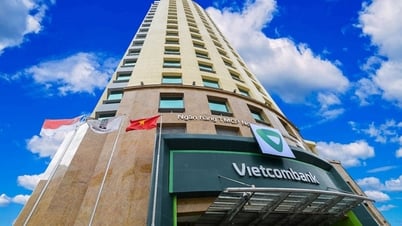





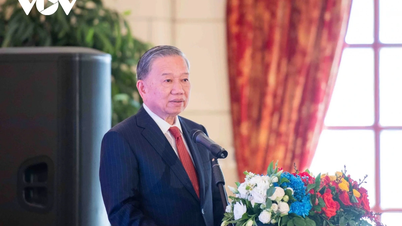

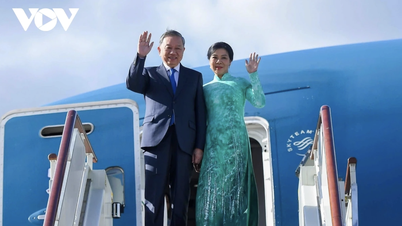
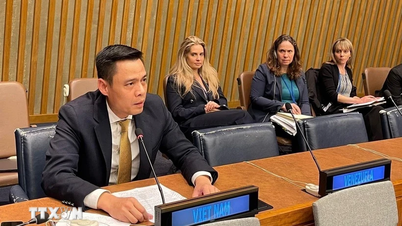










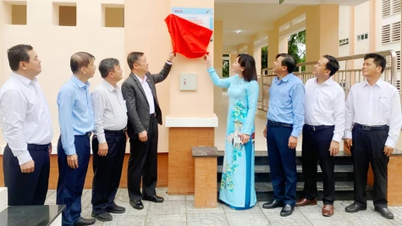

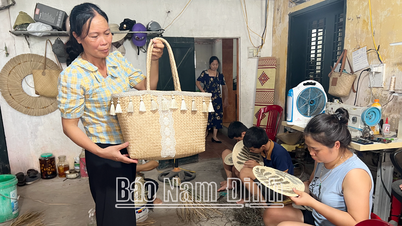













Comment (0)